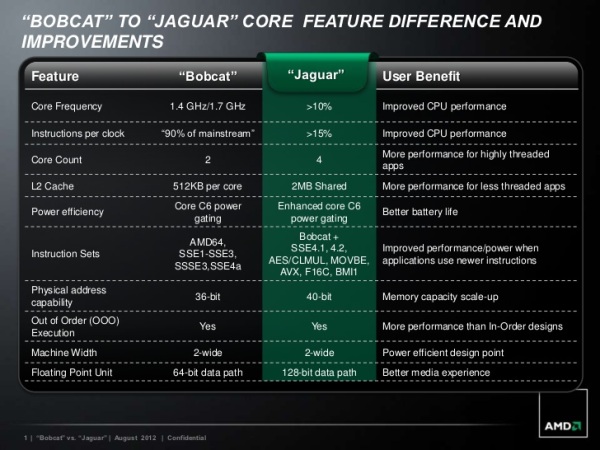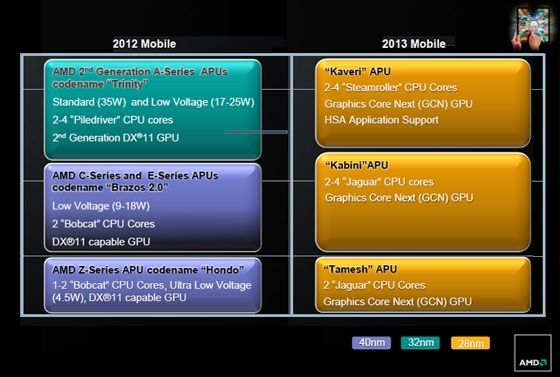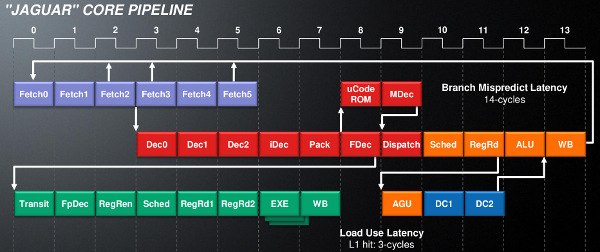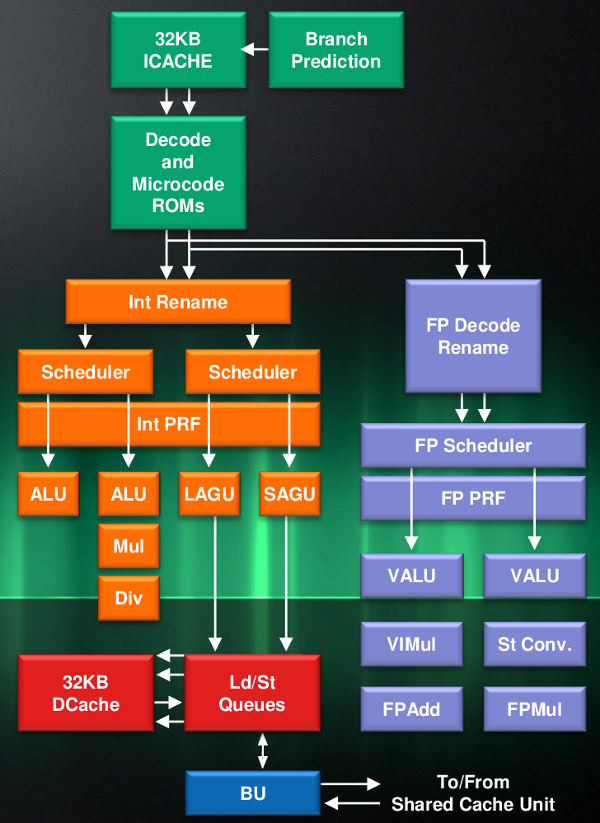




http://semiaccurate.com/2012/08/28/amd-let-the-new-cat-out-of-the-bag-with-the-jaguar-core/
Questions are still abound regarding the perf-per-watt it's able to offer, but providing a monumental AMD screwup, it's bound to be a good bump over Bobcat's perf-per-watt. This should bring some decent performance for Temash at the 4.5W TDP level and make it into tablets so long as OEMs are on board.
As an architecture, expect AMD's Kabini/Temash to outperform Atoms given the small improvements in the Atom line since the original Bonneville architecture. With the Atom Intel has opted to go with decreasing the overall TDP and power usage to fit the form factor while retaining the overall CPU performance (and increasing GPU performance withe the newer PowerVR GPU).
AMD's approach appears to be improving on Bobcat as a whole through the entirety of the TDP ranges. Their 9-25W TDP SKUs should do quite well and be a great upgrade over Bobcat, but they're also too big to fit into a typical tablet and may instead be stuck into the same designs that the ULV Intel Ivy/Haswell product lines. Thus Kabini should bring better than Bobcat performance, worse than Intel's ULV chips but substantially cheaper (maybe ~$100-$150 cheaper?).
The big question is how Temash will do given its very tight TDP restrictions (4.5W) and whether it can compete on a perf-per-watt basis with the likes of ARM and Intel's Atoms. Of all AMD's chips they've designed and released since the X2, the Bobcat was the only one that really put a hurting on Intel, essentially beating it in every single aspect. If AMD can provide a successful followup to the Bobcats (which happen to be their bestselling APUs even today) they'll provide a great second-tier option to the expensive >$1000 ULV Intel hybrids
![[H]ard|Forum](/styles/hardforum/xenforo/logo_dark.png)